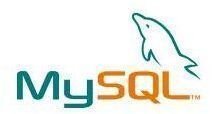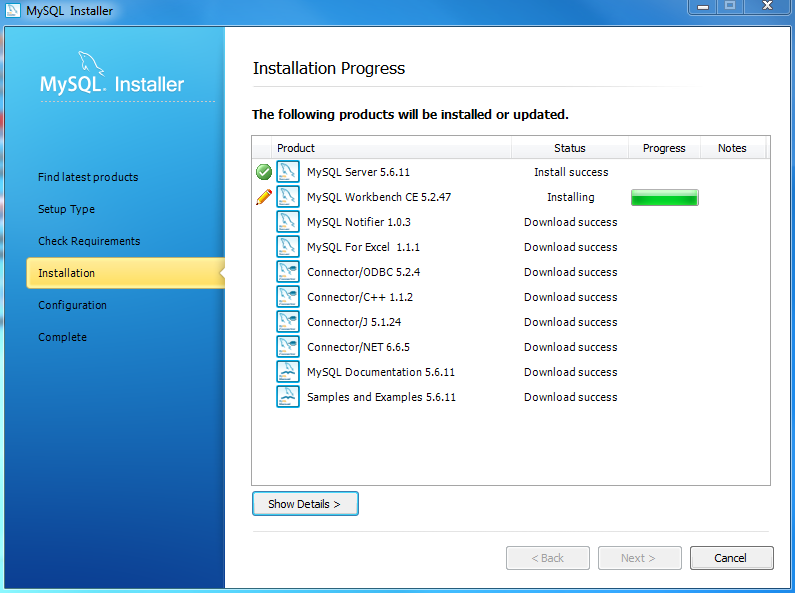

Once apache2 is selected, tab down to Ok and hit Enter on your keyboard. Since we just installed a LAMP stack, make sure to highlight apache2 by using your keyboard arrow keys, and then tapping the spacebar to select the option.
Linux mysql web gui install#
Sudo apt-get install phpmyadmin php-mbstring php-gettext -yĭuring the installation, you must select the web server to be used (Figure 1). Back at the terminal window, issue the command: Now that phpMyAdmin is included in the standard repositories, it’s considerably easier to install than it once was. When you finish securing the MySQL database server, you’re ready to install phpMyAdmin.
Linux mysql web gui password#
Once that command completes, make sure to secure the MySQL server with the command:Īnswer the questions, making sure to set a strong, unique password for the MySQL admin user. Log into your server and issue the command: In fact, we’re going to install the entire LAMP (Linux Apache MySQL PHP) stack. On the off-chance you don’t already have the database server installed, let’s take care of that. You’ll also need to have a user with sudo privileges. In order to make this work, you’ll need to have an instance of Ubuntu Server 18.04 up and running.

I want to walk you through the process of installing phpMyAdmin on Ubuntu Server 18.04. Why? Because using this GUI can make your database management life considerably easier. Work with relations, indexes, users, and permissions.Įxport to various formats (such as CSV, SQL, XML, PDF, and spreadsheets).Ĭomplex query support using Query-by-example (QBE).Īnyone who depends on databases, from DB admins to Java developers (such as those employed by BairesDev ), would benefit from using phpMyAdmin. The phpMyAdmin GUI was written in PHP and was intended to be used over the web, so any browser that can reach your network should be able to manage those databases. So when you can employ a GUI tool, it means working with a bit more efficiency and reliability.įor MySQL and MariaDB admins, one such GUI tool is phpMyAdmin. For any database administrator, being able to employ tools that make the job a bit easier can be the difference between getting everything done by the end of the day and struggling to meet deadlines.Īlthough every database admin should be comfortable with the command line tools offered by their database of choice, it doesn’t mean they are locked into those command prompts.


 0 kommentar(er)
0 kommentar(er)
